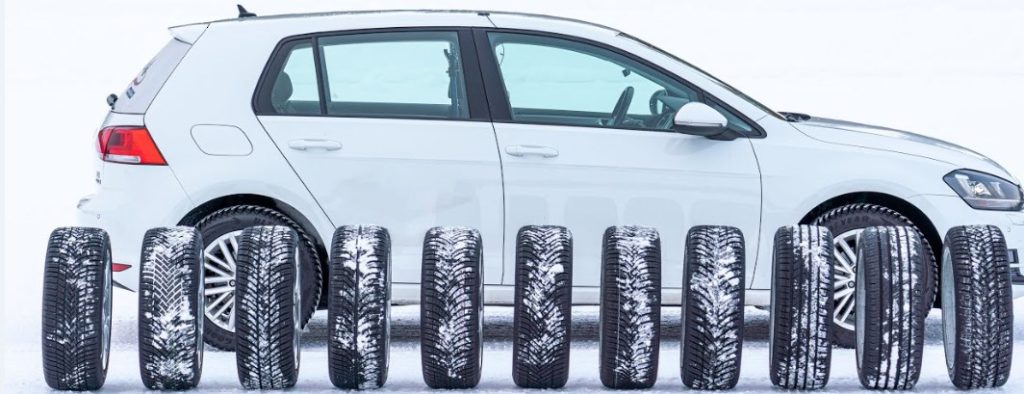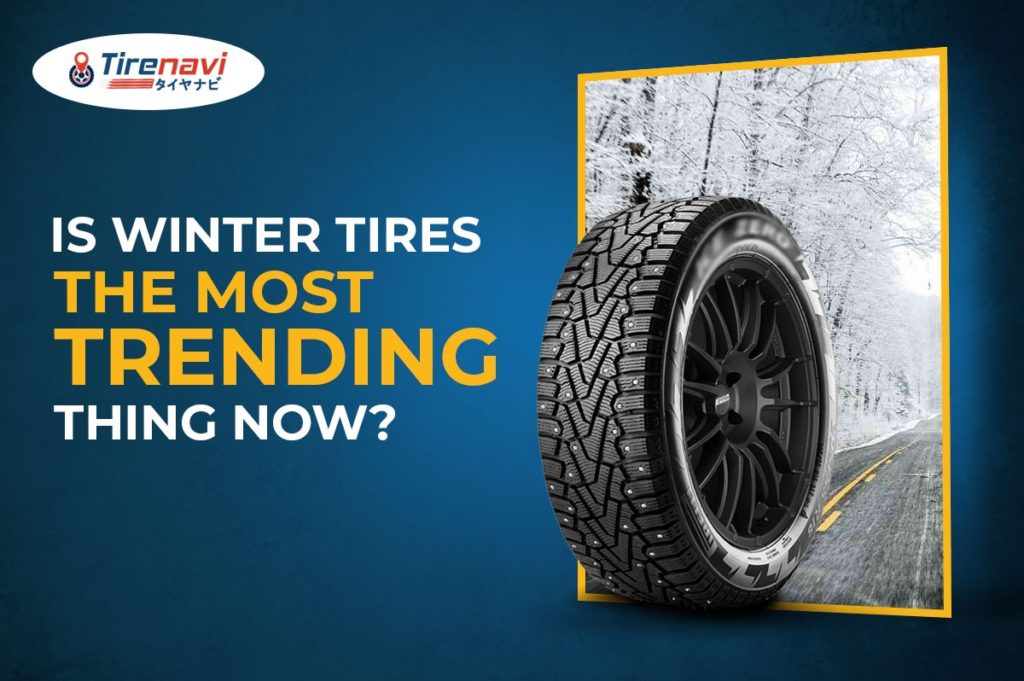Winter tires are designed with all winter elements in mind. From black ice to below freezing temperatures, Snow tires are the only option that covers all the bases. These Snow tires are fitted with very specific features in place to ensure you’re safe on the road when driving in the winter.

Are winter tires also called snow tires?
Snow tires are increasingly being referred to as winter tires. They’re essentially the same thing, but as Snow tires are made for all kinds of cold weather conditions (not just snowfall), the term “Snow tires” is broader than “snow tires” and speaks more accurately to the capabilities of these road-gripping wheels. We call them winter tires for a reason, and one of those main reasons is Snow tires aren’t only good in snowy and icy weather, they also improve security at lower temperatures. So even if you’re driving on the dry road, but it’s below freezing, your winter tires are going to give you the best chance of traction that you can.
Can I just keep my winter tires on all year?
No, it is not recommended to keep winter tires on your vehicle all year long. Doing that will cost you more money in the long run. Winter tires wear much more quickly than all-season tires, especially in warm/dry conditions, so it is best to use them only during winter for peak performance. The general rule of thumb is that Snow tires can last up to three or four winters if you make sure you remove the tires after every winter and check the tread for wear.
Can I save money by putting two winter tires on instead of all four?
Many experts recommend putting all four winter tires on. Whether you have all-wheel drive or not, changing only two tires puts you at risk of “split personality” performance, where one set will grip the road while the other set skids, and vice versa. In icy conditions, it’s important to keep your handling as consistent as possible to avoid skidding and losing control, and that means having all four winter tires on at the same time. If you put Snow tires on the rear wheels, you’ll lose steering response at the front; if you fit them to the fronts only, things will be much worse. The rear tires will have less grip than the front tires, and in turn, on a slippery surface, the back end can swing out of control and the vehicle becomes a very difficult, if not impossible thing to manage, even for a very good driver.
Are chains better than winter tires?
It depends on the conditions in your area. While winter tires will suffice in most situations, in a severe snowstorm or in rural areas that are not plowed regularly, chains could be required by law. Check for inclement weather and road condition updates before heading to your snowy destination. It is best to keep a pair of chains in your car just to be safe if you aren’t sure.
What about studded tires?
Studded tires are winter tires with metal studs mounted into the actual tire, providing maximum traction on ice and snow. They may be a safer option than chains since they don’t carry the risk of breaking and flying off of your car as tire chains can. However, they make for an uncomfortable ride and can damage pavement, so they should only be used in the worst conditions. Studded tires are also pricier than chains, so are best suited for those who drive regularly through mountain passes and heavy snowfall.
Besides the rubber, what makes winter tires different from summers or all-seasons?
It all comes down to the tread pattern, the various grooves cut into the rolling surface of the tire. Different sizes and shapes of grooves serve different purposes, but they all work together to provide more grip in wet, snowy, or icy conditions.
The largest grooves serve to channel water out from under the part of the tire that contacts the road. This prevents you from hydroplaning, which happens when a cushion of water builds up between the tire and the road.

“In a winter tire, the dry handling characteristics are less of a priority than snow, ice, and wet,”
Winter tires also have narrower, finer grooves called sipes. These can help get water out from underneath the tire, but they also serve a slightly more counterintuitive purpose: they help to grab snow and hold it packed within the treads of the tire. Snow likes to stick to itself—that’s why it’s easy to make a snowball, but harder to make, say, a sand ball. A tire with a lot of sipes can behave like a snowball, with the snow that’s packed into the treads gripping the snow on the road to give you increased traction.
“In an all-season tire, you’re balancing dry, wet, and snow. For a summer tire, you’re really balancing dry and wet.”
Unfortunately, all of these grooves and sipes compromise the tire’s dry-weather grip somewhat. Racecar tires have no grooves at all, to maximize the amount of rubber that comes in contact with the pavement; racers swap to different tires at the first hint of rain. Summer tires for streetcars follow this principle, with minimal grooves; all-season tires have more grooves since they’re expected to perform well in the wet weather of spring and fall.
So will the best winter tire be the one with the most grooves?
It used to be that simple, but things are changing, and you can thank advancements in tire rubber. The patterns of these winter tires are actually getting less aggressive than what they used to be. There’s less open space. If you look at it, I would call it tighter—the tread blocks are closer together, things are more densely packed, which gives you more surface contact. The compound can do a lot more work now, and you don’t have to rely on the pattern.
As the tread patterns on winter tires start to look more and more like regular all-seasons, these tires offer better handling on dry pavement in cold weather. Before these new rubber compounds became available, a tire’s snow traction was solely a factor of its tread design. Before about 1990, most winter tires were knobby-looking things that were loud and uncomfortable in anything other than a snowstorm. Now, tire manufacturers are offering dedicated winter tires that more closely resemble all-seasons in terms of quiet and comfort.
Should you run different size wheels and tires in winter?

We do not recommend going to a smaller tire because a smaller tire typically has less load-carrying capacity. And load-carrying capacity is an important attribute for vehicle dynamics and performance. We can only recommend drivers switch to a narrow tire if they frequently find themselves driving on unplowed, snow-covered roads.
Do I need a separate set of wheels for my winter tires?
Some people like to have their winter tires mounted on a spare set of wheels. Buying a second set of wheels represents an extra cost upfront, but it can save you time since you won’t have to get your tires mounted and unmounted at the beginning and end of the winter driving season. Swapping wheels is something a home mechanic can do, but mounting and unmounting tires require professional machinery.







More Stories
Nissan to start verification tests of energy management system in Namie, Fukushima
Why Wheel Balancing Is Mandatory?
What Are Tire Components and Their Functionality?